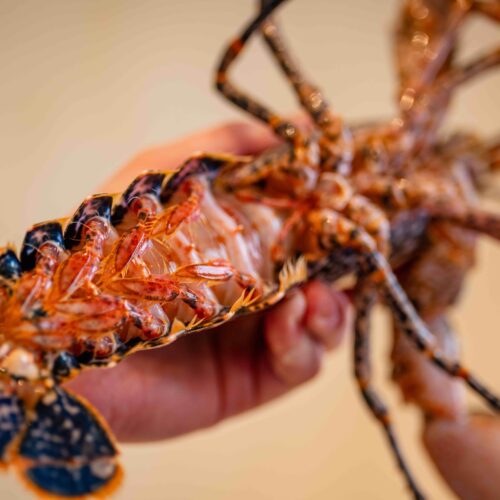![]()

![]()


This could be an entire website in its own rights and I’m, sure that a quick entry by us won’t do justice to the banks of knowledge and individuals out there who dedicate so much time to foraging, passing on knowledge but also ensure preservation and care of the natural environment.
It’s an easy start point and it’s the number one rule! Shorelines can be dangerous places, nature is unpredictable. Do not put yourself or anyone else in harm when you go out foraging. We could literally write a 101 blog on how to kill yourself by the sea including falling, drowning, poisoning and exposure. Be careful!
I guess the first question is where we can forage on our shorelines in the UK. The truth is it’s complicated. Bylaws and legislation governing land and our coastline is not easy, we don’t simply have roaming rights to it all and in some cases, access is very restricted for good reason. It’s not all dour news though we have over 7000 miles of coastline and whilst access can be restricted in areas, you can find some absolute gems by checking local websites and making enquiries.
Once out foraging you need to be aware of what you can pick pluck and collect. The first simple point here is that plants, fungi, fruits and flowers must be for personal consumption (no filling restaurant pantries or selling to others), this doesn’t apply to seaweed though!
Generally, you are also allowed to fish and pick shellfish in tidal waters, except for fish and molluscs etc from private fisheries and farms. I don’t think our friends at Maldon Oyster would be particularly pleased if you started plucking their oysters from the growing beds.
Now the most important guidance here is around conservation, we don’t want you out plucking endangered species from our wonderful shores. So be aware of plants and organisms covered by the Wildlife and Countryside act and we would prefer it if you steered clear of SSSI, no need to unbalance and damage endangered ecosystems when there are so many 1000’s of miles of adequate coastline to forage along.
Seasonality is a big word for us in Faber, we fanatically follow practises and ingredients that adhere to the seasons, it protects wildlife in crucial periods like spawning and allows our fragile food stocks to replenish themselves with little or no intervention.
Bylaws and legislation change all the time, but each region has its own Sea Fisheries Committees and Google is a wonderful thing if you are unsure, the guidance is there, always air on the side of caution.
I’ve no doubt bored you with do and do nots of foraging so what can we find around our shorelines and what can you expect to see scattered through Faber’s menu through the year, but I hope we can in some small way show you the abundance of choice around our shores.

Dulse – Spring
Pepper Dulse – Spring
Gutweed – All year
Carragheen – Spring / Summer
Thongweed (Sea Spaghetti) – Summer / Autumn
Laver – All year
Irish Moss – Spring / Summer
Sea Lettuce – All year
Channel Wrack – Summer
Sugar Kelp / Kelp – All year
Oar weed – All year
Lobster – All year
Spider Crab – Spring
Brown Crab – All year
Velvet Crab – All Year
Mylor Prawn – Summer / Autumn
Shrimp – Spring
Mussels – Autumn / Winter / Spring
Native Oyster – Autumn / Winter
Rock Oyster – All year
Razor Clams – Autumn / Winter
Clams – Autumn / Winter
Limpets – Autumn / Winter
Whelks – Autumn / Winter
Winkles – Autumn / Winter
Cockles – Autumn / Winter / Spring


Sea buckthorn – Summer (Sea our Buckthorn whisky sour recipe)
Rock Samphire – Spring (all year)
Marsh Samphire – Summer
Salty Fingers (Limited) – Spring / Summer
Wild Cabbage – Spring
Sea Lettuce – All year
Fennel – Spring / Summer
Sea beet – Spring
Sea Arrowgrass – Spring / Summer
Sea Rocket – Spring
Sea Aster – Spring / Summer
Sea Kale – Spring Summer (shoots / heads / flowers)
Sea Holly – All year
Sea Purslane – Spring / Summer
Alexanders – Winter / Spring (see our Alexanders Mojito Recipe)
Wild Thyme – Spring Summer
We’ve been invited to host our very ow Chef’s fish counter and tasting menu at The Holborn Dining Room, part of The Rosewood Hotel London.
Read moreThis summer we’ll be taking up residency in collaboration with Setlist @ Somerset House. Shucking oysters on the riverside terrace
Read moreFaber’s Private Hire Oyster Bar adds a unique and luxurious touch to weddings, private parties, and corporate events.
Read more
